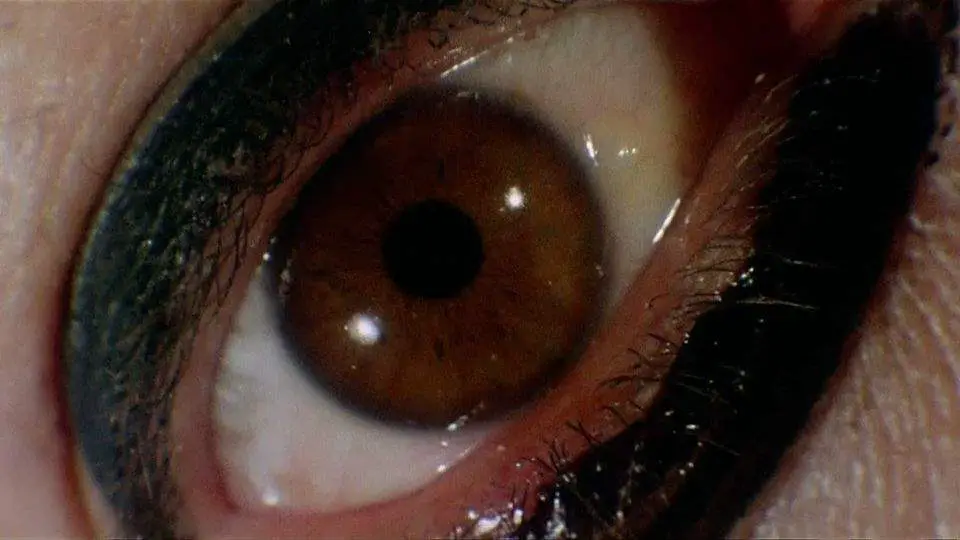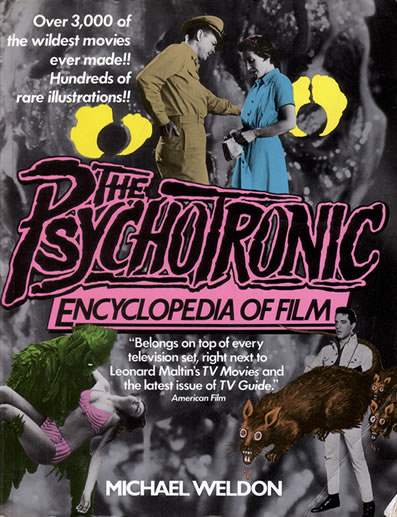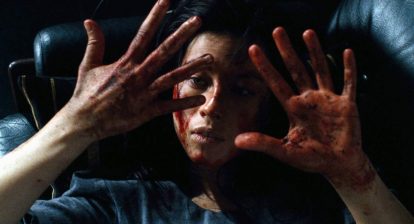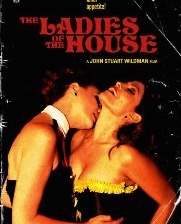Suspiria will probably always be remembered as Dario Argento’s best. But even still, it’s remembered as the best in a very impressive career, especially in the ‘70’s and ‘80’s. During those two decades, Argento was on fire and his influence on the genre that followed and on film in general cannot be denied. He’s influenced directors from John Carpenter down to Quentin Tarantino. Emerging on the scene with the excellent 1970 thriller The Bird With the Crystal Plumage, Argento followed his intial hit with Cat O’ Nine Tails and Four Flies on Gray Velvet, forming what would be considered his “animal trilogy.”
Argento’s first following that trilogy was 1975’s Profondo Rosso, released in the US as Deep Red. As excellent as his debut film was, Deep Red showcases all of his talents as a director, accompanying all of his overall themes and interests and—most especially—his signature style. It might be the most genuinely Argento movie of the director’s entire career.
At the same time, Deep Red stands out among Argento’s giallo productions in that it makes the least narrative sense. Bird With the Crystal Plumage is a fairly standard thriller by the director’s standards and his next film Suspiria, as surrealist as it is, actually has one of the most straightforward plots.
 Deep Red, conversely, is much more lucid and dreamlike. It is Argento’s most surrealist movie, keeping in mind that the director has never really been associated with conventional plotting and character work. But it was exactly what it needed to be at the time. Making a conventional thriller, even a conventional giallo, was the last thing Argento was concerned with when it came to Deep Red. He knew what he was making, which was essentially a two-hour waking nightmare. Even when stacked against the bizarre imagery of Suspiria and Inferno, Deep Red actually feels like a dream. You’re not entirely sure what happens from one minute to the next and things that are out of the ordinary seem completely normal in the narrative.
Deep Red, conversely, is much more lucid and dreamlike. It is Argento’s most surrealist movie, keeping in mind that the director has never really been associated with conventional plotting and character work. But it was exactly what it needed to be at the time. Making a conventional thriller, even a conventional giallo, was the last thing Argento was concerned with when it came to Deep Red. He knew what he was making, which was essentially a two-hour waking nightmare. Even when stacked against the bizarre imagery of Suspiria and Inferno, Deep Red actually feels like a dream. You’re not entirely sure what happens from one minute to the next and things that are out of the ordinary seem completely normal in the narrative.
None of this is to discredit Deep Red as a movie, of course. These elements only strengthen it. On the whole, it’s the perfect mix of art-house cinema with mainstream horror. It threw conventional, standard horror out the window and became a very refined, gory piece that was not afraid to be bizarre. It feels like it should be the kind of movie put together by film students, a very sort of experimental thing, but it really is anything but. It shines in the professional quality and the way in which it was put together.
 That’s where Deep Red became influential as a piece of surrealist cinema. It showed that a picture could feel experimental, could be strange and unusual, but still look beautiful and professional. It proved that surrealism could have a mainstream impact. As strange as it gets, Deep Red still delivers on everything that both aficionados and horror fans look for. It’s polished, impressive filmmaking. The feature really boasts some excellent cinematography. It’s also very gory as well, and while Argento would become known for that, he wasn’t so much at the time. This was the first time he had been able to run rampant with the gore and these scenes are disturbing, particularly because of the way they are portrayed. The violence is almost beautiful, which would become Argento’s trademark maybe more than anything else. It only adds to the dreamlike quality, too.
That’s where Deep Red became influential as a piece of surrealist cinema. It showed that a picture could feel experimental, could be strange and unusual, but still look beautiful and professional. It proved that surrealism could have a mainstream impact. As strange as it gets, Deep Red still delivers on everything that both aficionados and horror fans look for. It’s polished, impressive filmmaking. The feature really boasts some excellent cinematography. It’s also very gory as well, and while Argento would become known for that, he wasn’t so much at the time. This was the first time he had been able to run rampant with the gore and these scenes are disturbing, particularly because of the way they are portrayed. The violence is almost beautiful, which would become Argento’s trademark maybe more than anything else. It only adds to the dreamlike quality, too.
The accentuation on style definitely had an impact on cinema, most easily seen in films like John Carpenter’s Halloween. This dreamlike quality also certainly had an impact on things like Don Coscarelli’s Phantasm as well. Deep Red was the one that placed Dario Argento as a name right up there with Mario Bava in terms of truly pioneering Italian horror. It influenced what Argento did next, it influenced every giallo that followed it from Lamberto Bava to Lucio Fulci. That influence could be felt in American productions as well, I think. Brian de Palma listed Hitchcock as his most prominent influence, but it’s hard to believe that the director of Dressed to Kill would have never seen Deep Red.
It’s a prominent film in the 1970’s horror canon and in some ways a cornerstone of that decade. It proved the commercial success of surrealism at a time when nothing else was really doing that and its success truly allowed Argento to go off the rails visually when it came time to make Suspiria. Now, it’s remembered as a surrealist masterpiece from a director who—when he was at the top of his game—was one of the absolute best.








